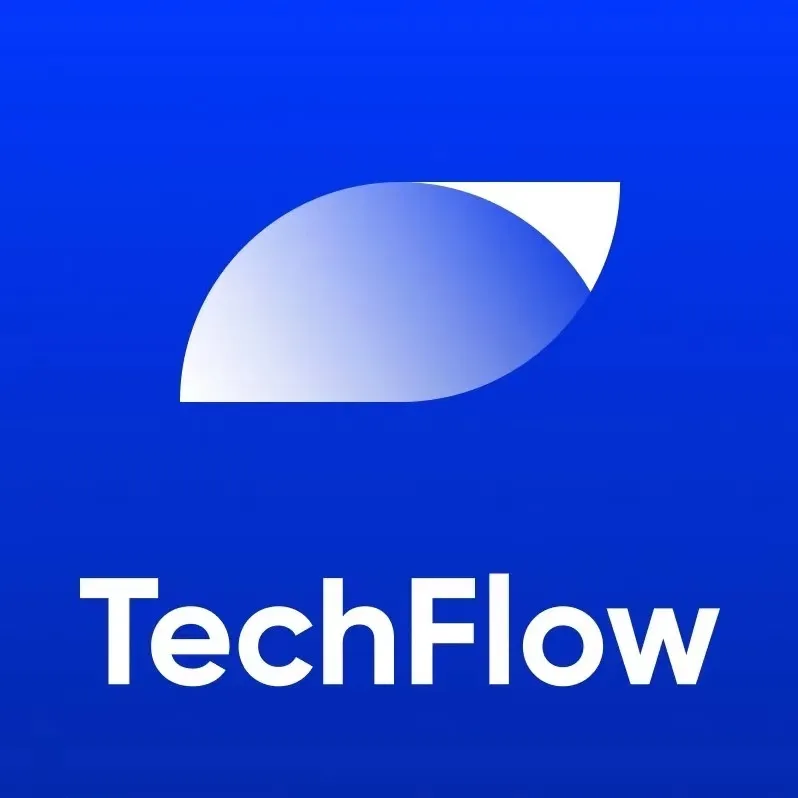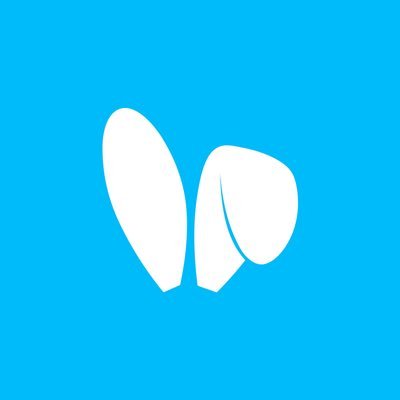Interpreting friend.tech V2: New Opportunities or Old Tricks?
Original Title: Friend Tech V2: Opportunity or Blodbatch?
Written by: Francesco
Compiled by: Deep Tide TechFlow
Introduction to friend.tech
friend.tech (FT) is one of the most successful Web3 dApps in SocialFi, achieving the highest revenue-to-net deposit ratio ever, with over $2 million in revenue and more than $33 million in net deposits in its first month.
This should be an important week for FT, as they launched the V2 of the product and the platform's token $FRIEND, introducing significant changes to enhance the protocol's sustainability and attractiveness, among other things, but it has proven (possibly) to be its end.
Previously, some were optimistic about these developments while others were pessimistic, but after today's events, everyone feels incredulous.
In this article, we will delve into the new mechanisms of FT V2, $FRIEND, explore any vulnerabilities it has experienced or is still experiencing, and discuss whether this business model is sustainable.
Let’s first look at the challenges faced by the early version of friend.tech.
On friend.tech V1
FT was the first decentralized social application to continuously generate revenue by aligning the interests of well-known cryptocurrency figures with those of retail investors.
This alignment led to FT becoming one of the projects with the largest user base growth, increased activity, and revenue among new projects during the bear market.
However, due to the fees charged by the platform, this model was not sustainable.
While KOLs and FT earned considerable revenue, retail investors were losing money daily. With a 0% tax on buy-sell transactions, they could only profit by selling keys at least 20% higher than the purchase price.
This was only achievable during periods of high platform activity and inflow, which is also the main reason for the observed volatility in the chart below.

Ultimately, the fees became a barrier for many to enter the market, leading FT V1 to leave many in distress.
Even so, FT V1 achieved several milestone goals within 6 months, which is rare for protocols to accomplish throughout their entire lifecycle:
Generated approximately $13 million in fees:

Transaction volume reached $130M (possibly the highest transaction volume achieved by a SocialFi dApp):

Distributed approximately $6 million in revenue to its users:

On friend.tech V2
FT V2 was released on Friday, March 3, 2024.
As part of this long-awaited update, users can finally claim their $FRIEND tokens.
However, this release seems to have fallen short of expectations, including a lack of relevant information.
This was the only official announcement from FT on Twitter since its launch.

Understandably, this left many confused about the airdrop claiming process.

Users could only claim 10% of their airdrop (provided they followed at least 10 people) and needed to join a club to claim the remaining 90%.
However, these requirements were not clear, as there were no pop-ups or guidance in the app, and in many cases, even after joining a club, users could not claim.

What are clubs?
Clubs are one of the main new features introduced in FT V2.
Anyone can create a new club. Clubs are defined as "group spaces" owned and managed by key holders; however, it is unclear how they will be used in the future.
Here’s how clubs work:
- Key holders vote to elect a club president
- The president manages the club and selects moderators
- All club keys are traded using $FRIEND
- Each club transaction incurs a 1.5% transaction fee, distributed to farmers and FT
An interesting phenomenon observed through the Base Scan contract interface is the changes in changeBestFriend and changeBestFriendfee, which we can speculate will allow anyone to add a best friend, potentially reducing or waiving transaction fees when trading keys.
We can also speculate that FT will soon introduce referral fees (point 7 in the image below), and we know that club keys are transferable (and possibly user keys as well?).

The club below (Fight Club) represents the first club of FT#1, and Racer is actually its president, as reflected in the key price.

However, as seen in the image below, he did not create the club himself.

When creating a club, users can choose the following:
- Name
- Description
- Price curve (standard or exclusive)
- How many keys to purchase

Nonetheless, it is worth mentioning that most of this is speculative, as FT is expected to provide more information about Clubs and their mechanisms.
Users also need to be aware of some factors when interacting with clubs: anyone can transfer club shares to others and appoint them as president.
Therefore, you must be very careful with those nominated as presidents: they may not even know they have been nominated.
For example, this morning we created a random club and invited Racer to join!
Please note that clubs can have the same name, so always check the club's FT# to ensure you are purchasing the correct club.
In addition to these changes, the homepage of the Web App has also changed. It now displays new elements, including "Farms" (LP), airdrop claiming, and rewards.

Currently, users can only claim their airdrops, create clubs, buy and sell tokens, and use them in farms to earn rewards.
Moreover, many emphasize that the role of keys has not really changed, and their utility has not expanded. The social media elements that were supposed to change the platform's direction seem to be missing or not impressive enough.
Nonetheless, we do not know if this is the final version or if new updates will be released soon.
Last but not least, many have higher expectations for the price of the $FRIEND token.
Combined with the lack of new use cases for keys, this may be key to whether the airdrop is worth it and whether many will be hesitant to sell their $FRIEND tokens.
All these factors make it difficult to envision the long-term sustainability and success of this model, given the current design, which may or may not be the final version.
It is also worth mentioning that there is a delay between completing on-chain operations and their reflection on the FT interface.
We observed a delay of about 3-4 hours.
Is the friend.tech model sustainable?
Many have questioned the sustainability of the FT model, which was initially overlooked due to the incredible appeal of the dApp, but as the hype around FT gradually fades, these critics' voices are growing louder.
As FT V2 moves away from the influencer-centric model of V1, the protocol aims to reduce its dependency and become more sustainable.
In fact, reliance on influencers is a single point of failure: the value of a social network depends solely on its users. The absence of many key figures would significantly diminish FT's appeal.
If Hsaka or Ansem rarely connect to the app, let alone share alpha there, then what is their value?
This may be one of the key reasons the team has recently shifted to a more community-centered (i.e., degen) approach.

This is one of the key questions for FT: how do they ensure users are incentivized and prefer their app over other applications like Twitter, Farcaster, Lens, etc.?
Despite the hype following the token launch, FT has not attracted the same level of attention as during the previous two waves.
Many speculate that with the release of $FRIEND, the protocol will gradually gain more attention. However, the current indicators are far from expectations.
Will this become another case of "Sell the news"?
Or will the long-awaited V2 version transform friend.tech into a leading social application and attract a new user base?
The current FT V2 version seems to lack some key features that have been removed from the app.
For these reasons, it can be speculated that this will not be the complete version of FT 2, and there may be an upcoming update.
We want to conclude this article with a reflection: is this all that FT could develop after 8 months, utilizing crazy funding, resources, and hype? Or is this another sophisticated strategy by the team to gather all negative feedback, iterate, and release the final version of the app?











